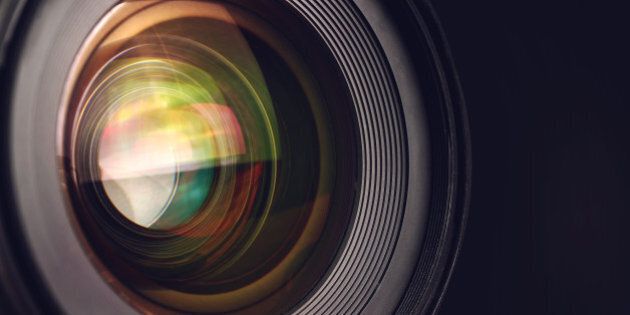Landscape photography produces some of the most stunning and awe-inspiring images. Capturing the perfect landscape photo requires skill, planning, an artistic eye, and often a bit of luck. Tony Ebersole Photography has over 20 years of experience capturing jaw-dropping landscape images from destinations around the world.
Research your destination
Doing thorough research on your destination is one of the most critical steps for landscape photography sunrise/sunset times, weather patterns, terrain, and best locations will pay huge dividends during your trip. Tony does exhaustive planning using apps, maps, local photography sites, weather history data, and visitor recommendations. Having this background knowledge keeps Tony one step ahead to capture those ephemeral magical moments in nature lancaster photographer.
Arrive early, stay late
The most stunning landscape scenes happen during the golden hours around sunrise and sunset. The soft, diffused lighting creates vibrant colors and contrast. Being on location well before sunrise or ahead of sunset will enable you to scout compositions, set up gear, and dial in camera settings beforehand. Tony routinely hikes into remote backcountry areas in darkness to arrive before first light. Likewise, Tony lingers at a location long after sunset fades because the best images are often yet to come. Patience and perseverance during the golden hours are key.
Focus on emotion & storytelling
Truly engaging landscape images tap into memories, emotions, and stories on a deeper human level. Before photographing, Tony reflects on how a location makes him feel or what past experiences or history the scene conveys. He then tries to craft compositions that encapsulate those stories, evoke emotion, or share serenity. Landscape photos that connect with viewers on a profoundly personal level are far more interesting. Focus on feeling over mechanics when composing your images.
Use quality gear
Having top-notch photography gear is imperative when shooting landscapes. Cameras with high megapixels, ultra-sharp lenses, graduated neutral density filters, a sturdy tripod, and a remote trigger help capture the cleanest, sharpest, most vivid landscape scenes. Tony shoots with high-end Canon cameras & lenses and leverages essential accessories like polarizing filters to darken skies, cut glare and boost saturation. He recommends purchasing the highest-quality gear your budget allows.
Shoot raw + JPEG
Be sure to capture images in RAW file format for top quality and maximum post-processing flexibility. RAW files contain far more color and tonality data than JPEGs. This allows much more latitude for adjusting exposure, shadows/highlights, white balance, noise, and sharpening when processing RAW images later. However, Tony also shoots simultaneous JPEG images as a backup. Memory cards do fail and JPEGs may allow recovery of a shoot. RAW+JPEG requires more storage but is cheap insurance against catastrophic photo loss.
Focus precisely
Accurate focus is imperative for stunning, tack-sharp landscape images from foreground to background. Tony leverages both autofocus techniques and manual focus depending on the situation. He recommends trying compositional techniques like focus stacking for maximum depth of field. Understand your gear’s focusing features and limitations. Magnify the LCD to zoom in and check focus is tack sharp where desired at 100%.
Use manual exposure settings
While camera metering and auto exposure get you in the ballpark, shooting in Manual mode allows precise control over exposure settings. Tony heavily relies on manual exposure when shooting landscapes. This guarantees that shutter speed, aperture, and ISO are perfectly dialed in for situations like smooth, glassy water or motion-blurred clouds. Use bulb mode at dawn/dusk for extended time exposures.







